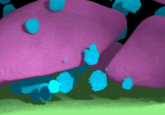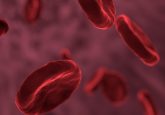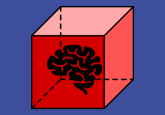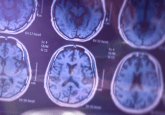3D super-resolution imaging gives insight on Alzheimer’s disease

Researchers at Purdue University (IN, USA) have developed a super-resolution ‘nanoscope’ that provides a 3D view of brain molecules with much greater detail than previously possible.
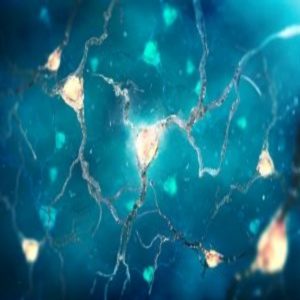
One major problem with understanding Alzheimer’s disease lies in not being able to clearly observe why the disease starts. The new technology has helped Indiana University (IN, USA) researchers better understand the structure of plaques that form in the brain of Alzheimer’s patients, identifying the characteristics that are possibly responsible for damage.
The deposition of amyloid plaques is currently the earliest detectable evidence of pathological change leading to Alzheimer’s disease. The natural thickness of brain tissue when paired with the limited resolution associated with conventional light microscopes has prevented researchers from accurately observing the 3D morphology of amyloid plaques.
“Brain tissue is particularly challenging for single molecule super-resolution imaging because it is highly packed with extracellular and intracellular constituents, which distort and scatter light – our source of molecular information,” commented Fang Huang (Purdue university). “You can image deep into the tissue, but the image is blurry.”
Adaptable optics are used by the super-resolution nanoscopes, which Huang’s research team has already developed to visualize cells, bacteria and viruses in fine detail. Adaptable optics uses mirrors that change shape to compensate for light distortion, also known as aberration, which occurs when light signals from single molecules travel through different parts of cell structures at different speeds.
In order to compensate for the aberration introduced by brain tissue, Huang and his team developed new techniques that adjust the mirrors in response to sample depths. Additionally, these techniques intentionally introduce extra aberration to maintain the position information carried by a single molecule.
Mice that were genetically engineered to develop the characteristic plaques that are associated with Alzheimer’s disease were studied by the researchers. Through these 3D reconstructions, amyloid plaques were found to entangle surrounding tissue via their small fibers that branch off waxy deposits. The nanoscope reconstructs the whole tissue at a resolution up to 10 times higher than conventional microscopes, allowing a clear view through 30μm thick brain sections of a mouse’s frontal cortex.
“We can see now that this is where the damage to the brain occurs. The mouse gives us validation that we can apply this imaging technique to human tissue,” commented Gary Landreth (Indiana University.
Work has already begun using the nanoscope to observe amyloid plaques in samples of human brains, as well as a closer look at how the plaques interact with other cells and get remodeled over time.
“This development is particularly important for us as it had been quite challenging to achieve high-resolution in tissues. We hope this technique will help further our understanding of other disease-related questions, such as those for Parkinson’s disease, multiple sclerosis and other neurological diseases,” concluded Huang.
